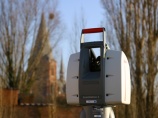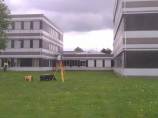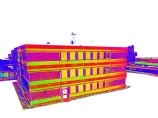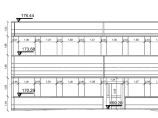3D Laser scanning is a method of measurement in which an object
or surface is scanned by laser technology. The laser scanner is a
device that sends light pulses at high speed under a changing
vertical and horizontal angle until the entire visible surface is
covered over 360 °. For each pulse, the distance between the
scanner and the object is measured by determining the elapsed time
between sent and received pulse. Each point of the scan will be
converted to a pixel with a known x-, y-, z-and reflectance value.
The result is a point cloud of millions of points.


Static laser scanning vs Dynamic laser
scanning
We can distinguish two types of situations in laser scanning.
One is static laser scanning from a fixed position which reaches
the highest accuracy and point density. The other is dynamic laser
scanning where the scanners are in motion during measurement.
Dynamic laser scanners are used on mobile mapping vehicles and
manned or unmanned aircraft. For more information on mobile mapping
you can visit the website www.mobile-mapping.be
Generally, static laser scanners are distinguished according to
their usable scan range. Here a distinction is made between short,
medium and long distance. Depending on the type of laser scanner a
lot of applications are possible.
|
Scanner Type |
Scan range |
Applications |
|
Short-range scanners |
0,5 cm - 2 m |
Medical applications, body scanning, reverse engineering |
|
Medium-range scanners |
1 m - 300 m |
Industry, civil engineering, architecture, heritage and
archeology |
|
Long-range scanners |
Up to more than 1km |
mining industry, city models |
For surveying
applications, the medium-range scanners are the most suitable.
Teccon bvba is your specialist for this kind of scanning.











